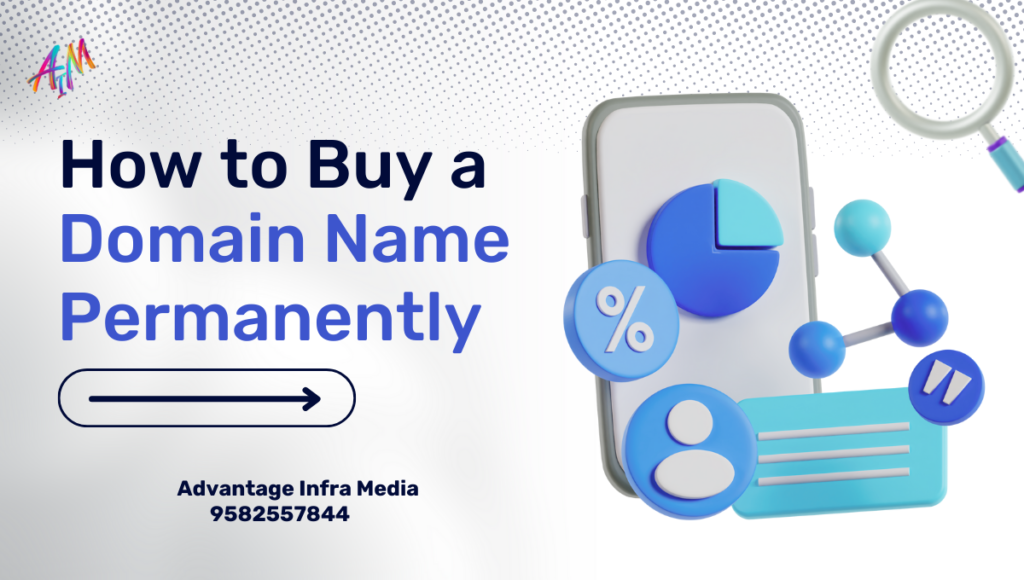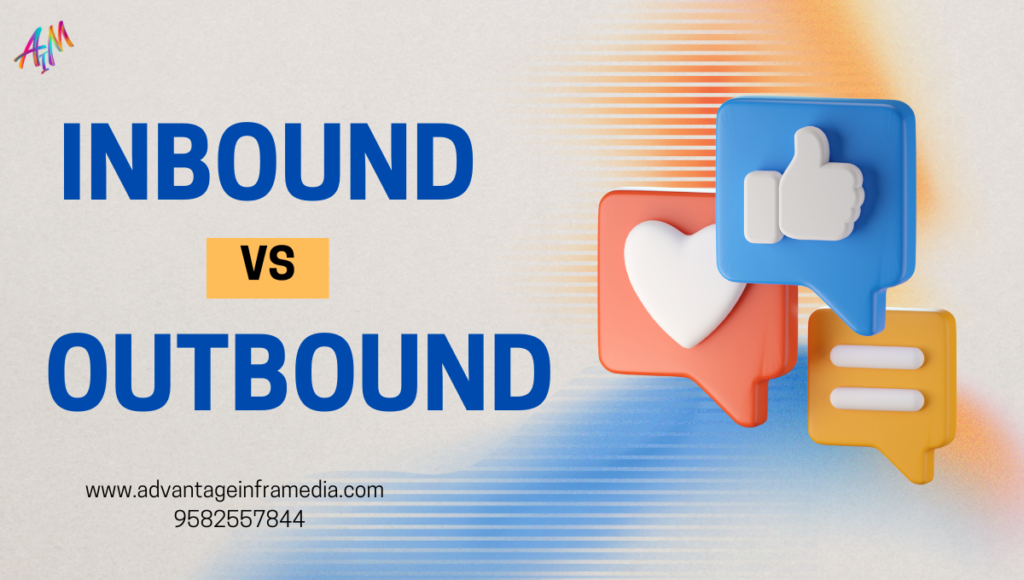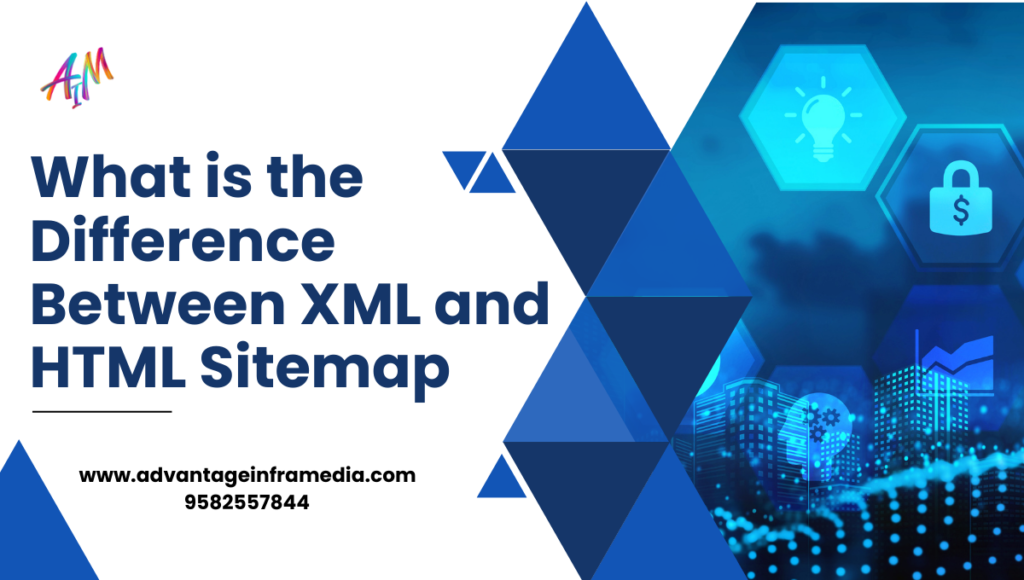PPC Marketing A Comprehensive Guide in 2024
Introduction In the dynamic world of digital marketing, Pay-Per-Click (PPC) advertising has emerged as a powerful tool for businesses to reach their target audience, drive traffic, and generate leads. PPC marketing offers a unique blend of precision targeting, budget control, and measurable outcomes, making it an essential component of any online marketing strategy. This blog will delve into the intricacies of PPC marketing, exploring its benefits, key components, and best practices to help you master the art of paid advertising. What is PPC Marketing? PPC marketing is a model of online advertising where advertisers pay a fee each time one of their ads is clicked. Unlike traditional forms of advertising where you pay for ad space regardless of performance, PPC allows you to only pay for actual user interaction, making it a cost-effective and efficient way to attract potential customers. The most common platforms for PPC marketing include Google Ads, Bing Ads, and social media platforms like Facebook, Instagram, LinkedIn, and Twitter. The key to successful PPC campaigns lies in strategic keyword selection, compelling ad copy, and continuous optimization. Why PPC Marketing is Important PPC marketing offers several advantages that make it an essential part of a comprehensive digital marketing strategy: Immediate Results: Unlike SEO, which can take months to show results, PPC can drive traffic to your website almost instantly. Once your ad is approved, it can start appearing in search results or on social media platforms, leading to immediate visibility. Targeted Audience: PPC allows for precise targeting, enabling you to reach specific demographics based on age, location, interests, and online behavior. This ensures that your ads are shown to users who are most likely to convert. Cost Control: With PPC, you have complete control over your budget. You can set daily or monthly spending limits, adjust bids, and pause campaigns at any time, ensuring you stay within your marketing budget. Measurable ROI: One of the greatest benefits of PPC is the ability to track and measure every aspect of your campaign. With detailed analytics, you can monitor clicks, impressions, conversions, and the overall ROI, allowing for data-driven decision-making. Brand Awareness: Even if users don’t click on your ad, the mere presence of your ad on search engine results pages (SERPs) or social media feeds can help increase brand awareness and visibility. Understanding the PPC Auction Process The PPC auction process determines which ads are shown to users and in what order. This process is a combination of bids, ad quality, and relevance: Bidding: Advertisers bid on keywords they want their ads to appear for. The bid represents the maximum amount they are willing to pay for a click on their ad. Quality Score: This is a metric used by platforms like Google Ads to evaluate the quality and relevance of your ad. It takes into account factors like click-through rate (CTR), ad relevance, and landing page experience. A higher Quality Score can lower your cost-per-click (CPC) and improve ad positioning. Ad Rank: This is the final score that determines your ad’s position on the SERP. It is calculated by multiplying your bid by your Quality Score. Therefore, even if you have a lower bid than a competitor, a higher Quality Score can result in a better ad position. Types of PPC Ads PPC marketing encompasses a variety of ad formats, each with its unique benefits and use cases: Search Ads Search ads are the most common type of PPC ads, appearing on search engine results pages when users enter specific keywords. These text-based ads typically appear at the top or bottom of the SERP and are marked as “Ad” to differentiate them from organic results. Display Ads Display ads are visual-based ads that appear on websites within the Google Display Network or other ad networks. They can include images, videos, or rich media, making them effective for brand awareness and retargeting campaigns. Shopping Ads Shopping ads, also known as Product Listing Ads (PLAs), are used by e-commerce businesses to showcase products directly on SERPs. These ads include product images, prices, and links to the product page, making them highly effective for driving sales. Video Ads Video ads appear on platforms like YouTube and other video-sharing websites. They can be in-stream ads that play before, during, or after a video, or display ads that appear alongside video content. Social Media Ads Social media platforms like Facebook, Instagram, LinkedIn, and Twitter offer PPC advertising options that allow businesses to target users based on demographics, interests, and behavior. These ads can be in the form of images, videos, carousels, or stories. Remarketing Ads Remarketing ads target users who have previously visited your website or interacted with your brand. These ads are designed to re-engage potential customers and guide them further down the conversion funnel. Key Elements of a Successful PPC Campaign Creating a successful PPC campaign involves several key elements that work together to drive results: Keyword Research Keyword research is the foundation of any PPC campaign. Identifying the right keywords that align with your target audience’s search intent is crucial. Tools like Google Keyword Planner, SEMrush, and Ahrefs can help you discover high-performing keywords and analyze their search volume, competition, and cost-per-click. Ad Copy Your ad copy should be compelling, concise, and relevant to the user’s search query. A strong call-to-action (CTA), along with the use of keywords, can increase the likelihood of clicks and conversions. Testing different variations of ad copy through A/B testing can help determine the most effective messaging. Landing Pages The landing page is where users are directed after clicking on your ad. It should be optimized for conversions, with a clear headline, persuasive content, and a prominent CTA. The landing page should also be relevant to the ad, ensuring a seamless user experience. Bid Management Effective bid management is crucial to maximizing your PPC campaign’s performance. Adjusting bids based on keyword performance, competition, and budget can help you achieve a higher Ad Rank without overspending. Ad Extensions Ad extensions enhance your PPC ads by
PPC Marketing A Comprehensive Guide in 2024 Read More »
Blog









